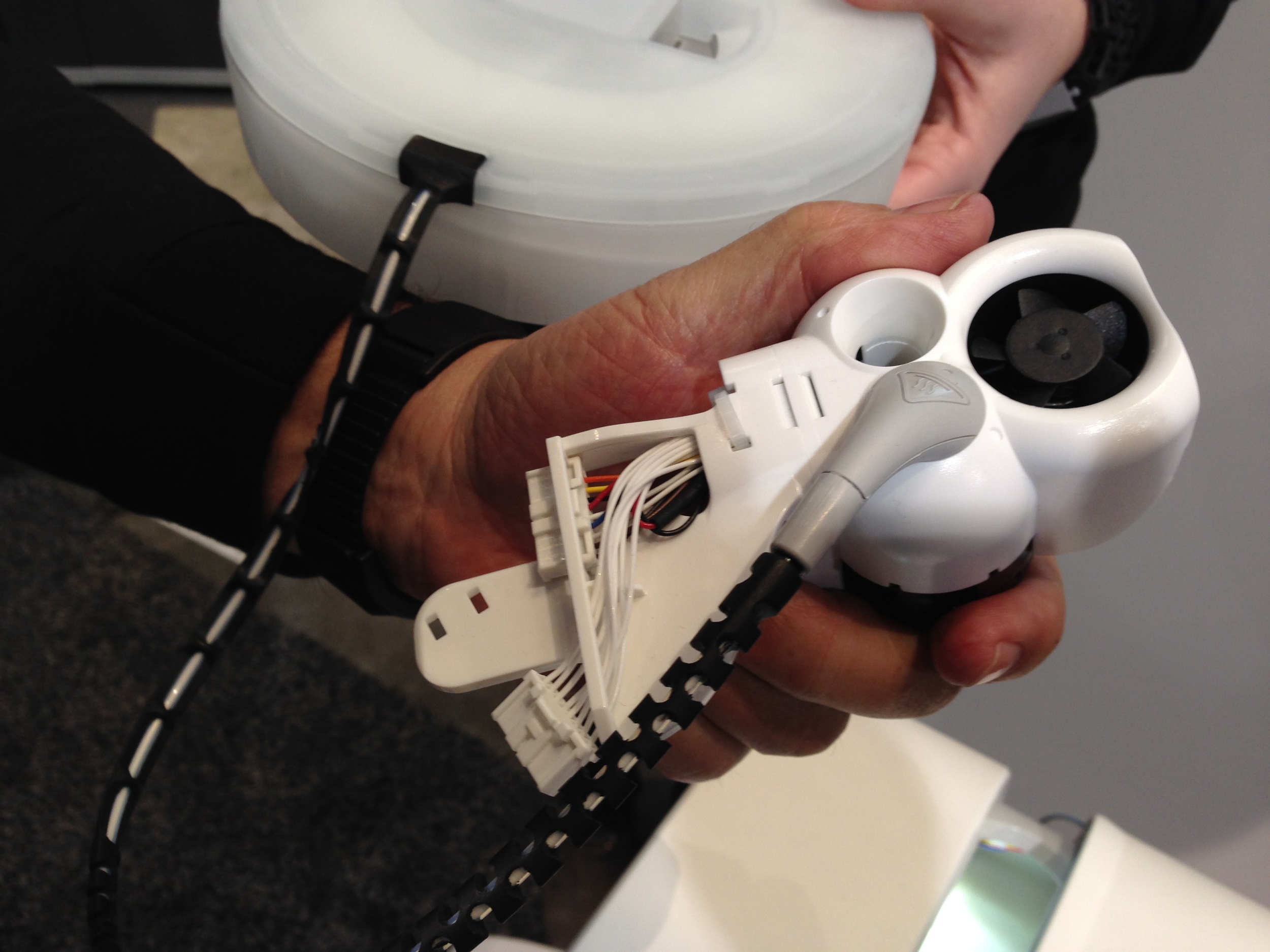
Some folks have very strong feelings regarding the use of proprietary filament by some 3D printer manufacturers. Are those feelings warranted?
In the beginning, those with primitive plastic extrusion 3D printers would scramble to find “plastic wire” for their machines from industrial sources. Eventually plastic manufacturers realized there’s a small market for filament specifically designed for personal 3D printers. Filament was plentiful and useable in any 3D printer, so long as the diameter and type of plastic matched.
But then some manufacturers began producing machines that accepted only their own filament, ensured by various hardware mechanisms and proprietary cartridges. Typically the unit price of the filament by weight was substantially higher than “generic” filament, sometimes by several multiples.
The reaction from many was obvious: “it’s a money grab”. Some even boycott machines using this approach. But are there other considerations?
We think so, particularly for consumers. The proprietary filament companies would say:
- The proprietary filament’s physical qualities, such as diameter and variance can be controlled within specific tolerances.
- The plastic’s chemistry can be designed and consistently maintained.
- The filament feed path’s length and friction can be specifically known.
Because the characteristics of the proprietary spool are completely known and always consistent, the manufacturer can then:
- Tune the machine’s printing configuration to precisely match the known filament.
- Design the machine’s extruder to provide optimum performance with the known filament.
One manufacturer, 3D Systems, has adapted their proprietary Cube cartridge to even include part of the extruding mechanism, making things significantly simpler and less failure-prone than fiddling with conventional mechanisms.
So that is the unwritten compact: pay more for a better experience. Or that’s how it’s supposed to go, anyway. It works only if the manufacturer actually does make the experience better. There must be fewer failures, better quality results and an easier to use machine, or it doesn’t make sense.

